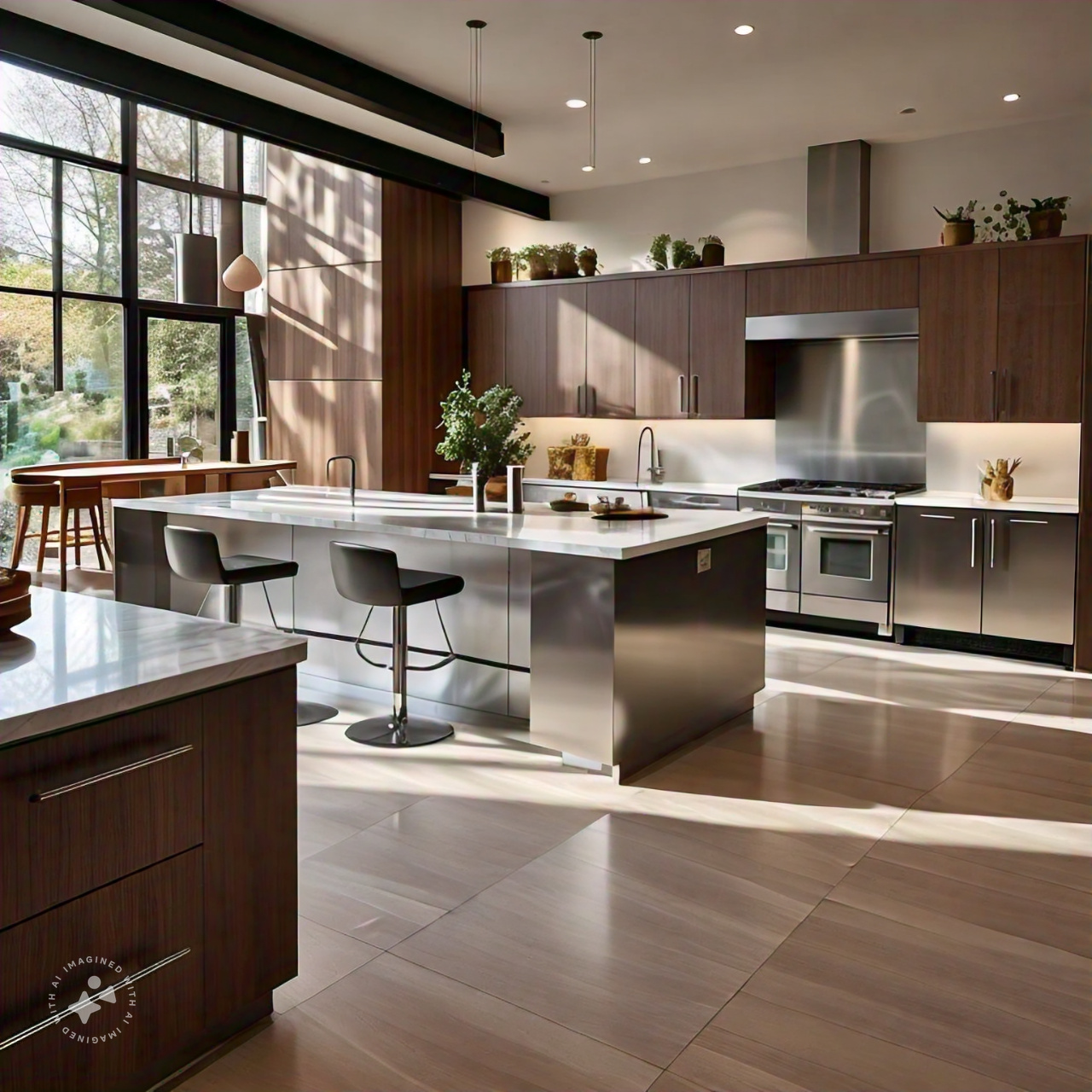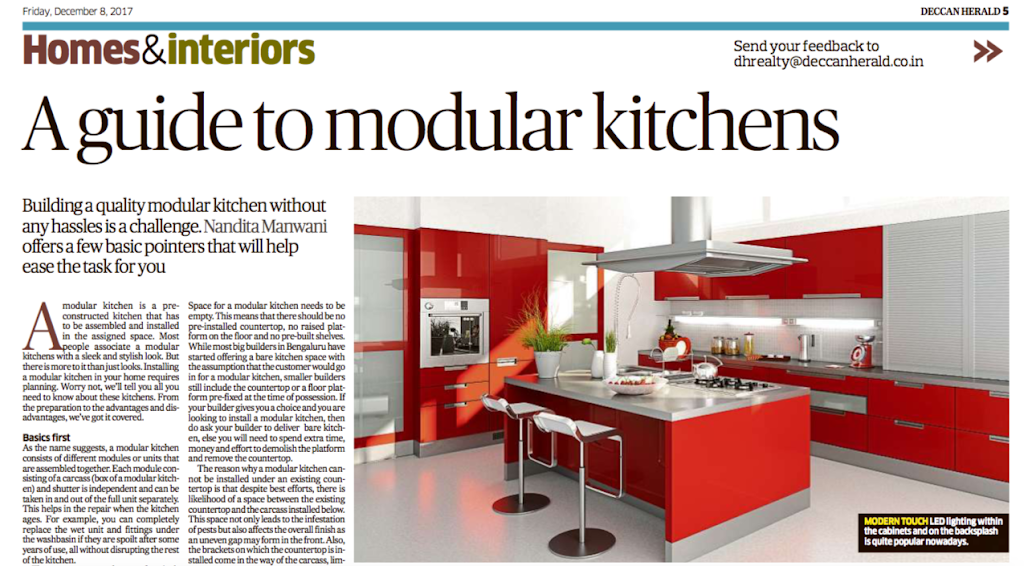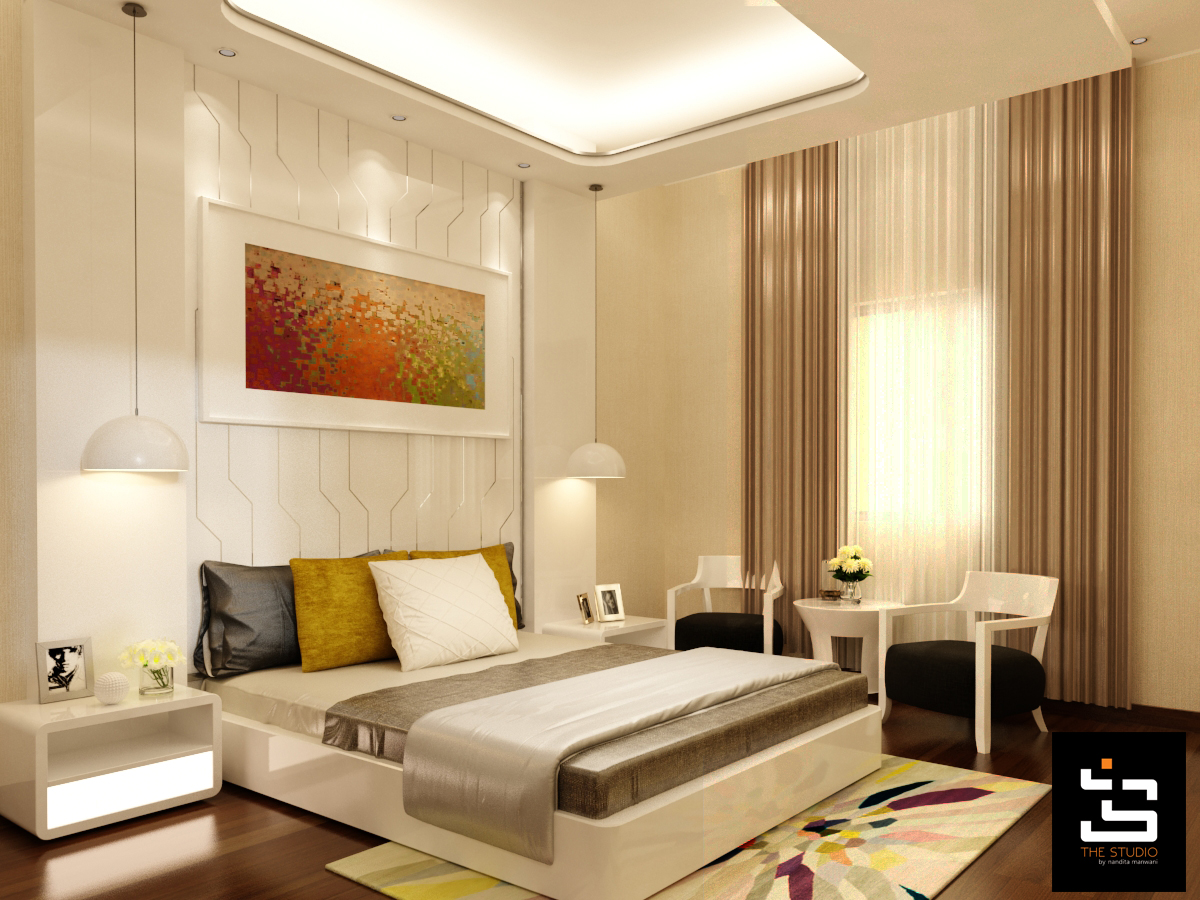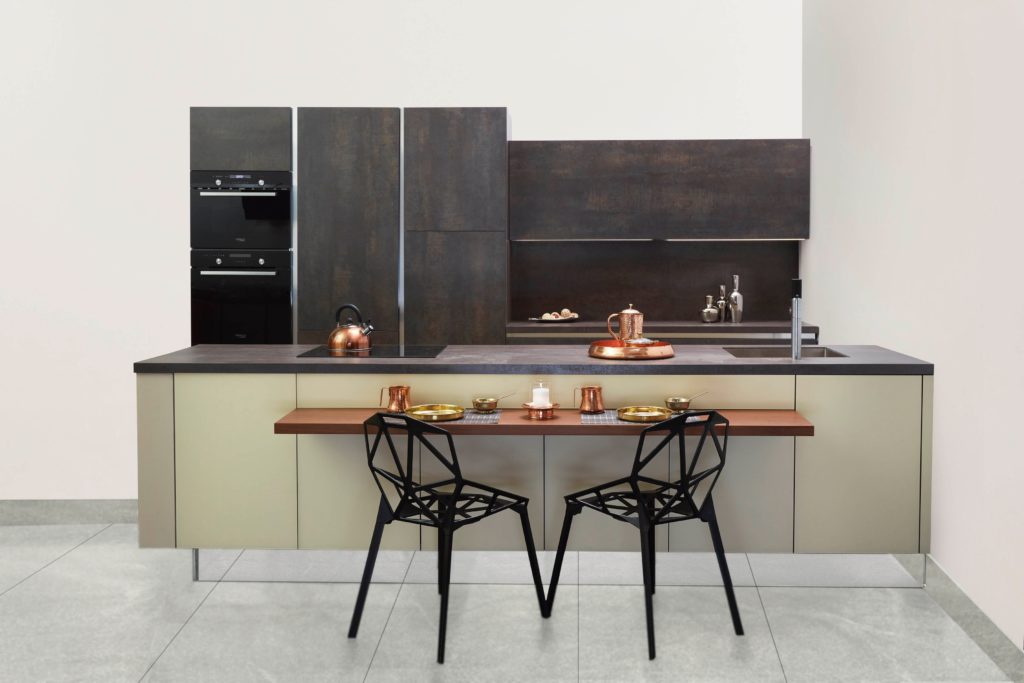The kitchen is often called the heart of the home, especially in India, where food plays a central role in our culture. Whether you’re whipping up a quick meal or preparing an elaborate feast, your kitchen should be a space that’s not just functional but also aesthetically pleasing. Recently, there’s been a growing trend towards stainless steel kitchens in India. Stainless steel has been a trusted material in commercial kitchens for years, and now, it’s making its way into Indian homes, offering a blend of modernity, durability, and hygiene. While I personally have always been a proponent of using time tested and standard materials for Interiors, in a recent project the customer was insistent that she wanted the Kitchen to be in Stainless Steel. That first-hand experience is the precursor to this blog post today. I myself was pleasantly surprised how steel has emerged as an alternative for furniture design and the leap that it has made in both ease of fit and the quality of the fit. That said, we will discuss the topic for both its pros and its cons.
The Pros: Why Stainless Steel Shines

1. Durability and Strength
Stainless steel is synonymous with durability. Unlike wood or laminates, which can warp, swell, or crack under certain conditions, stainless steel can withstand heavy use without showing signs of wear and tear. In Indian kitchens, where we use heavy utensils, sharp knives, and plenty of heat, this is a big advantage. Stainless steel cabinets with Granite or Quartz counters can handle a lot of rough use without getting easily damaged.
2. Hygienic and Easy to Clean
One of the biggest reasons why professional kitchens opt for stainless steel is because it’s incredibly hygienic. The smooth, non-porous surface prevents bacteria, germs, pests and mould from thriving. Indian cooking often involves splatters of oil, spices, and curries, making it crucial to have surfaces that can be cleaned quickly and efficiently. Stainless steel wipes clean with a damp cloth, and it doesn’t absorb stains or smells. One can even wet wash the kitchen without worry of any spoilage
3. Heat and Fire Resistant
Indian kitchens can get pretty intense when it comes to heat. Whether you’re deep-frying samosas, boiling milk, or working with high-flame cooking techniques, stainless steel can take the heat—literally. It doesn’t scorch, burn, or catch fire easily, which is a relief for anyone who has had a mishap with a hot pan.
4. Corrosion Resistant
Stainless steel is well-known for its corrosion resistance, especially in humid climates. In coastal areas or places with high humidity, other materials can rust or decay over time. But stainless steel remains unaffected, making it a good choice for Indian homes, especially in cities like Mumbai or Kochi where moisture in the air can be a challenge for traditional kitchen materials. This corrosion resistance however is applicable to SS304 Grade of steel and above. Lower grades might actually aggravate the corrosion problem.
5. Eco-Friendly and Sustainable
Stainless steel is 100% recyclable, which adds to its appeal in a world where eco-friendly materials are gaining importance. If you’re looking to reduce your carbon footprint and invest in sustainable materials, stainless steel is a long-term, environment-conscious choice.
The Cons: What to Watch Out For

1. Cost
One of the main deterrents for many people is the cost. Stainless steel kitchens of SS 304 Grade and up are not cheap. The initial investment is significantly higher than other traditional materials like plywood or HDHMR with laminates. While they offer long-term benefits in terms of durability and low maintenance, the upfront expense can be a tough pill to swallow.
2. Prone to Scratches and Dents
Despite its tough exterior, stainless steel can show scratches and dents over time, especially if you’re not careful with sharp utensils or heavy pots. While this won’t affect the functionality, it can diminish the polished look that stainless steel is known for. The surfaces might develop small scratches, which can be more visible under bright light, and may require special polish to restore their shine.
3. Cold and Clinical Look
Not everyone is a fan of the industrial, metallic aesthetic. Stainless steel can give a kitchen a somewhat cold and sterile appearance, which may not feel as warm or welcoming as a kitchen with wood or other natural materials. In an Indian home where the kitchen is often a warm, cozy space for family gatherings, this could be a drawback.
4. Fingerprints and Smudges
One of the most frequent complaints with stainless steel is that it easily shows fingerprints, smudges, and watermarks. Especially in a home with young children or frequent use, you might find yourself constantly wiping down surfaces to keep them looking clean. This can be managed with special coatings or regular cleaning, but it’s something to consider.
5. Noise
Stainless steel can be a little noisier than other materials. The clanking of utensils on steel surfaces can create a lot of noise and they might feel like the pantry in a railway compartment not to everyone’s aesthetic taste. This is especially true when opening and closing cabinet doors frequently.
Is Stainless Steel a Good Fit for Indian Kitchens?
So, should you go for a stainless steel kitchen? Yes, if durability, hygiene, and low maintenance are your top priorities. In India, where the kitchen sees heavy use, stainless steel can be a smart long-term investment, particularly in homes where traditional cooking methods like frying, boiling, and pressure-cooking are routine. It’s especially ideal for coastal regions or homes with humid conditions that could damage other materials.
On the other hand, if you’re more budget-conscious or prefer a cozy, warm aesthetic, you might want to think carefully before opting for a full stainless steel setup. A hybrid kitchen, with a mix of stainless steel and other materials, could give you the best of both worlds.
Ultimately, a stainless steel kitchen offers great benefits for Indian conditions, but like any big decision, it’s all about finding the right balance for your personal needs and style.
Signing off
Nandita
Nandita is the Principal Designer and Founder of The Studio by Nandita Manwani



